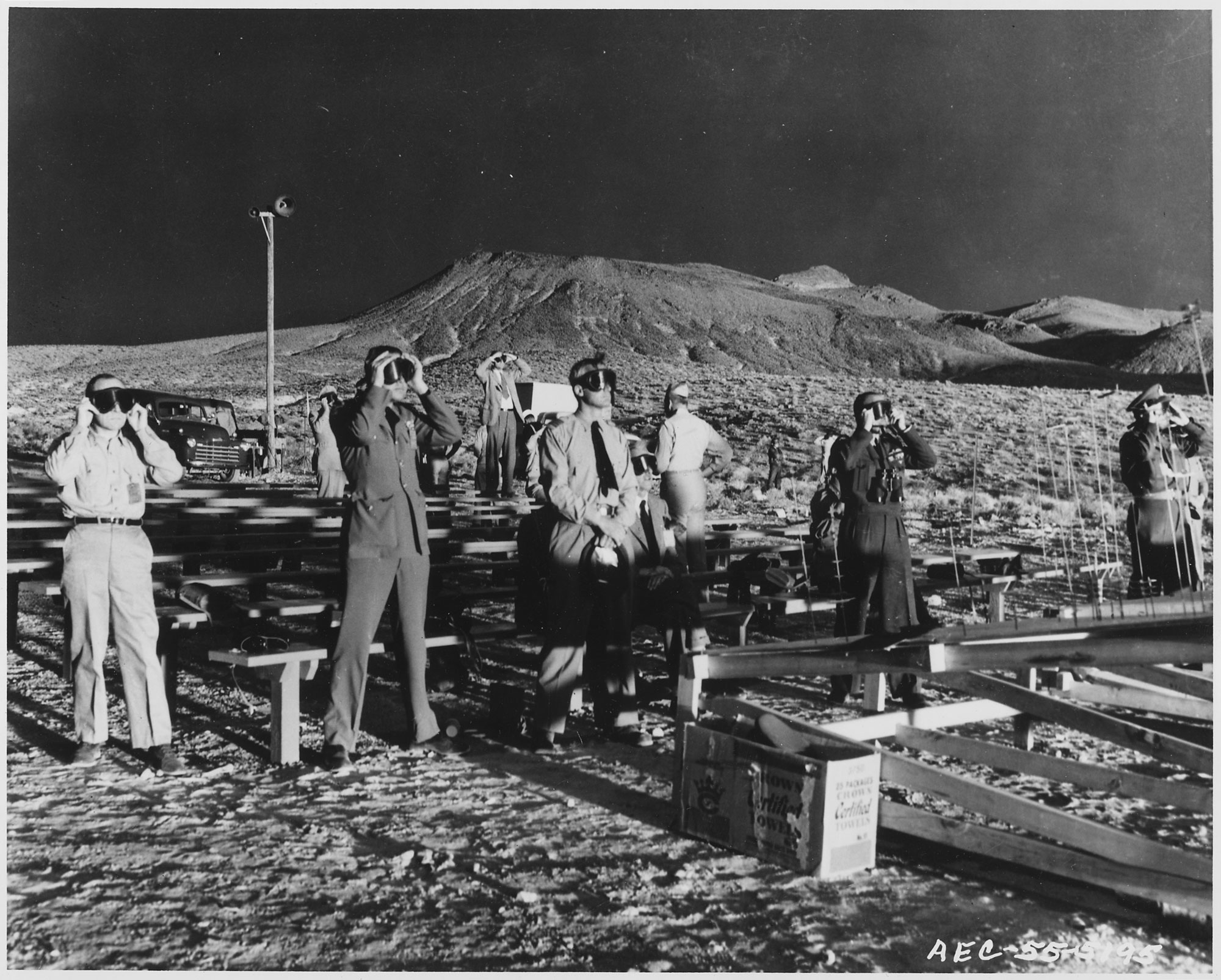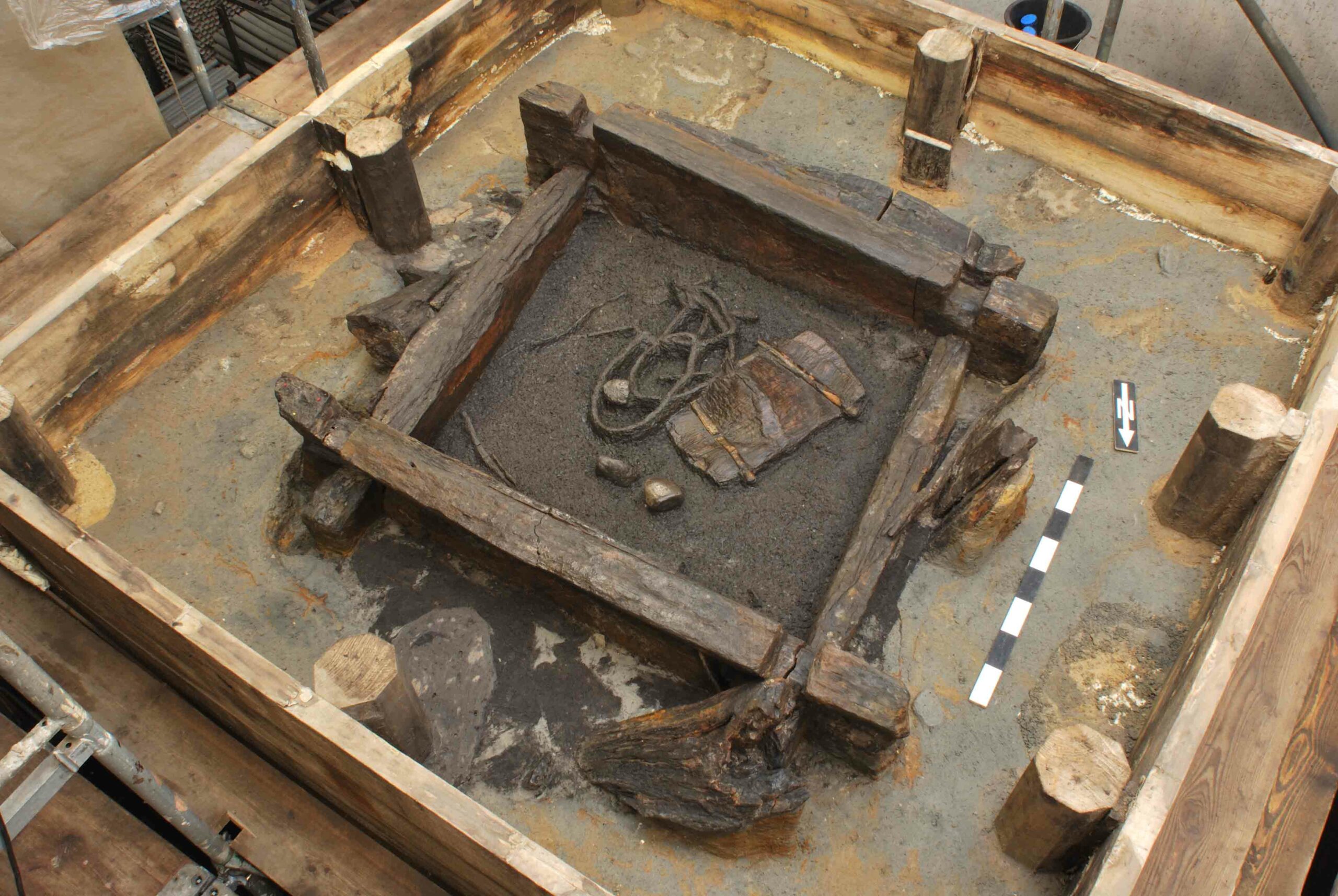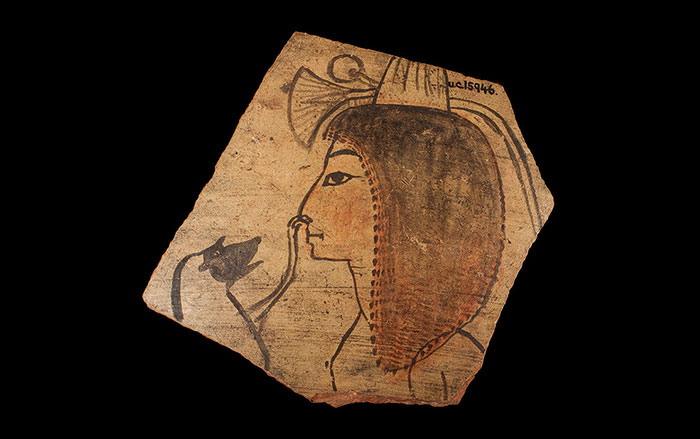
VERONA, ITALY—Traces of poison were detected in the remains of Cangrande della Scala of Verona, who ruled Verona and had conquered Vicenza, Padua, and Treviso at the time of his death in 1329. Historical sources suggest that Cangrande became ill after drinking from a polluted spring, although there were rumors at the time that he’d been murdered. Gino Fornaciari of the University of Pisa and his team found that in addition to signs of arthritis and a mild form of black lung and emphysema, Cangrande had foxglove pollen in his rectum, and toxic concentrations of digoxin and digitoxin, molecules from foxglove plants, in his liver and feces samples. “He became sick with vomit and diarrhea just a few days after winning control over the city of Treviso,” Fornaciari told Discovery News. Chamomile and black mulberry were also found in Cangrande’s system, which may have been administered with the deadly plant. And although it is possible that Cangrande’s death was accidental, Fornaciari and his colleagues wrote in the Journal of Archaeological Science that he may have been killed by his rivals from the Republic of Venice or the Ducate of Milan, or perhaps even by his nephew and successor. To read more about Fornaciari's work, see "Medici Mystery."










